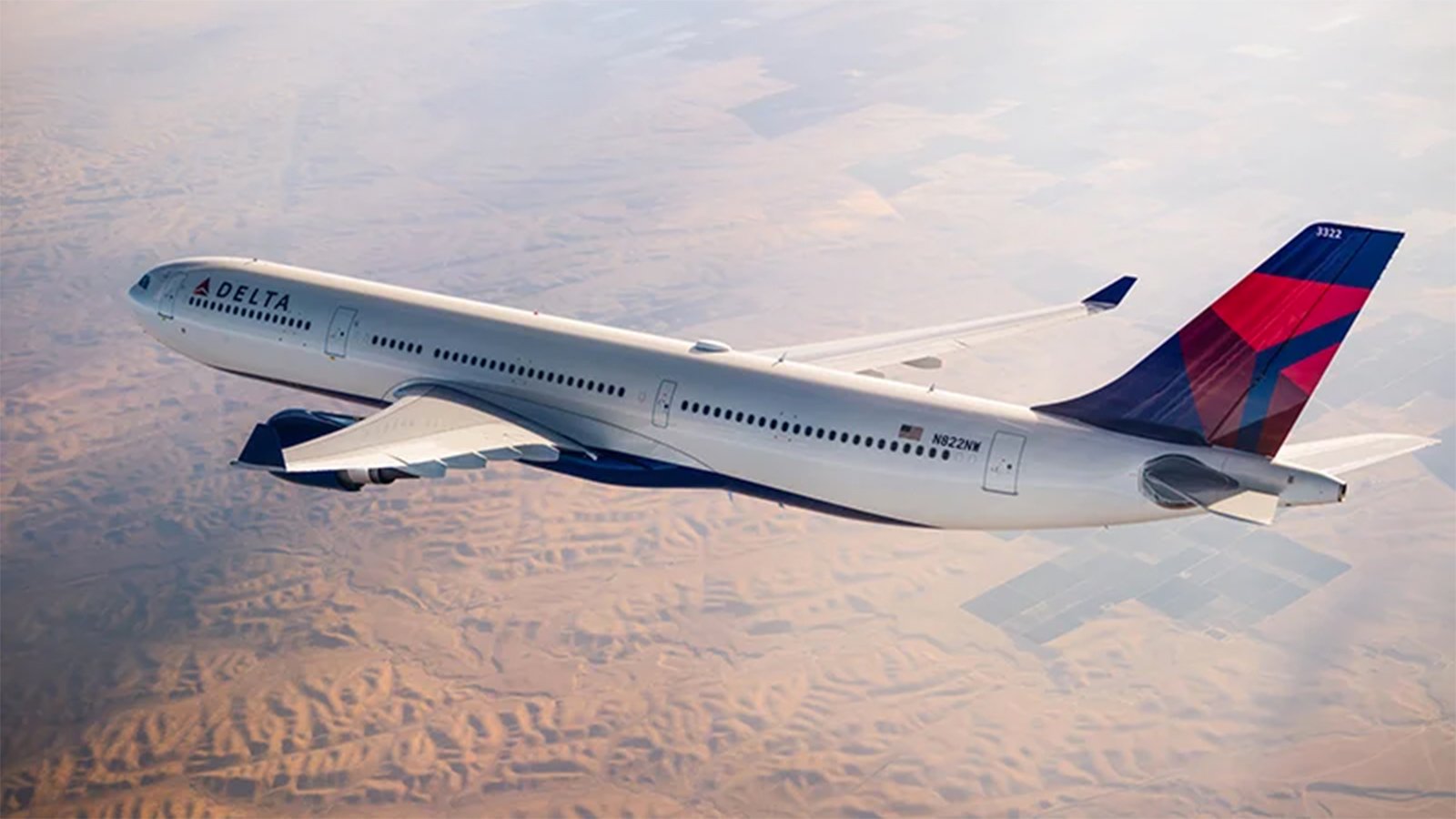
Thomas Zurbuchen can finally shave.
Zurbuchen, NASA’s associate administrator of its Science Mission Directorate, said he wouldn’t shave until the James Webb Space Telescope — which will peer at the first galaxies and stars (along with fascinating worlds) — was fully deployed in space. To fit the giant telescope on a rocket (it’s half the size of a 737 airplane), engineers designed the JWST to compactly fold up.
On Saturday, Jan. 8, two weeks after JWST successfully blasted into space, NASA and its Webb partners successfully unfolded and deployed the final major piece of the telescope, the second wing of its gold-coated mirrors. Now the telescope’s honeycomb-like, over 21-foot-wide mirror, is in place.
“I can’t wait to shave,” Zurbuchen said on NASA TV Saturday morning. “I fully expect to shave today,” Zurbuchen added.
At 1:18 p.m. ET, NASA announced the deployed mirrors had latched into place, the final step in the deployment process. Zurbuchen then addressed the mission’s scientists and engineers from the control room: “How does it feel to make history, everybody?” he asked.
NASA photos showed engineers celebrating after the last mirrors successfully set into place. Prior to launching, NASA described the JWST’s ambitious planned maneuvers as the “most complex sequence of deployments ever attempted in a single space mission.”
Once in space, the JWST first had to deploy its tennis court-sized sunshield, which keeps the telescope shaded from intense heat and light from the sun (as well as from Earth and the moon.) Engineers unfurled the five-layer sunshield over several days. All went swimmingly, though mission planners devised backup plans in case the unfurling hit a snag, or snags.
Now the giant mirror is deployed, too. It’s over 21-feet across — over two and a half times wider than the Hubble telescope’s mirrors — to capture more light, and hence see deeper into space. The JWST will peer back over 13.5 billion years into the past, when the first galaxies were forming.
Though Webb’s deployment is historic, it won’t start imaging the cosmos for many months, until around June. Engineers and scientists have to fire up the different instruments on the telescope and ensure everything is working correctly to gather unprecedented observations.
Next up, engineers will perfectly align the telescope’s 18 hexagonal mirrors, so they work together as a single, grand mirror.
If all goes well, and things have so far, Webb will deliver unprecedented insights into the cosmos, and planets in other solar systems, in the coming decade.





